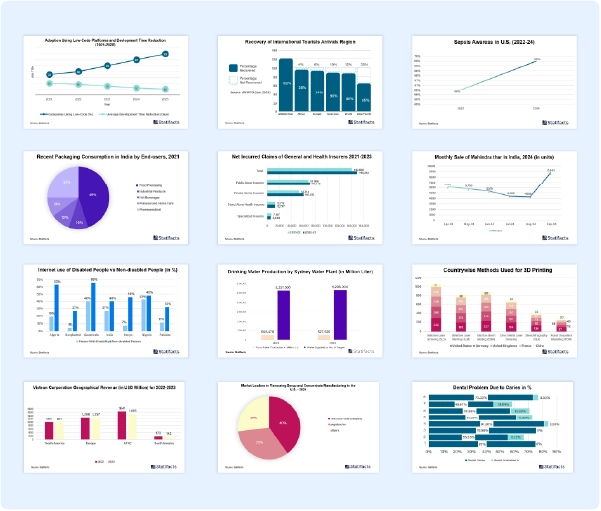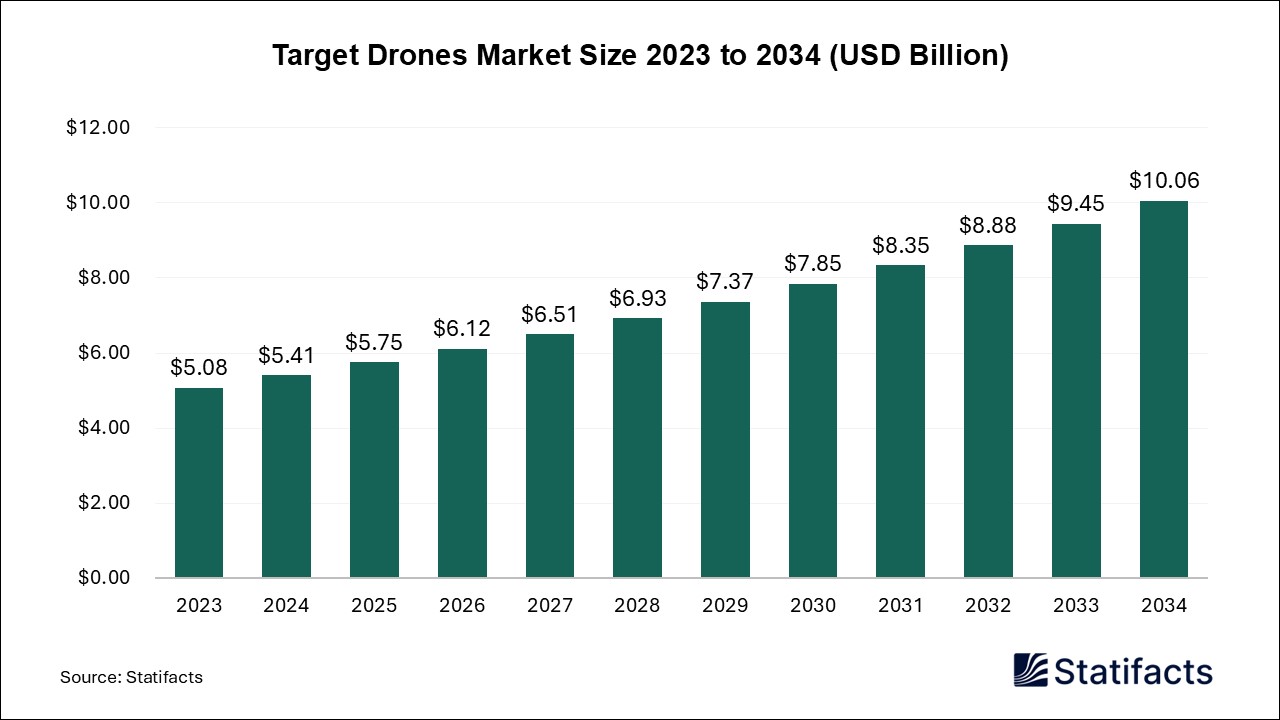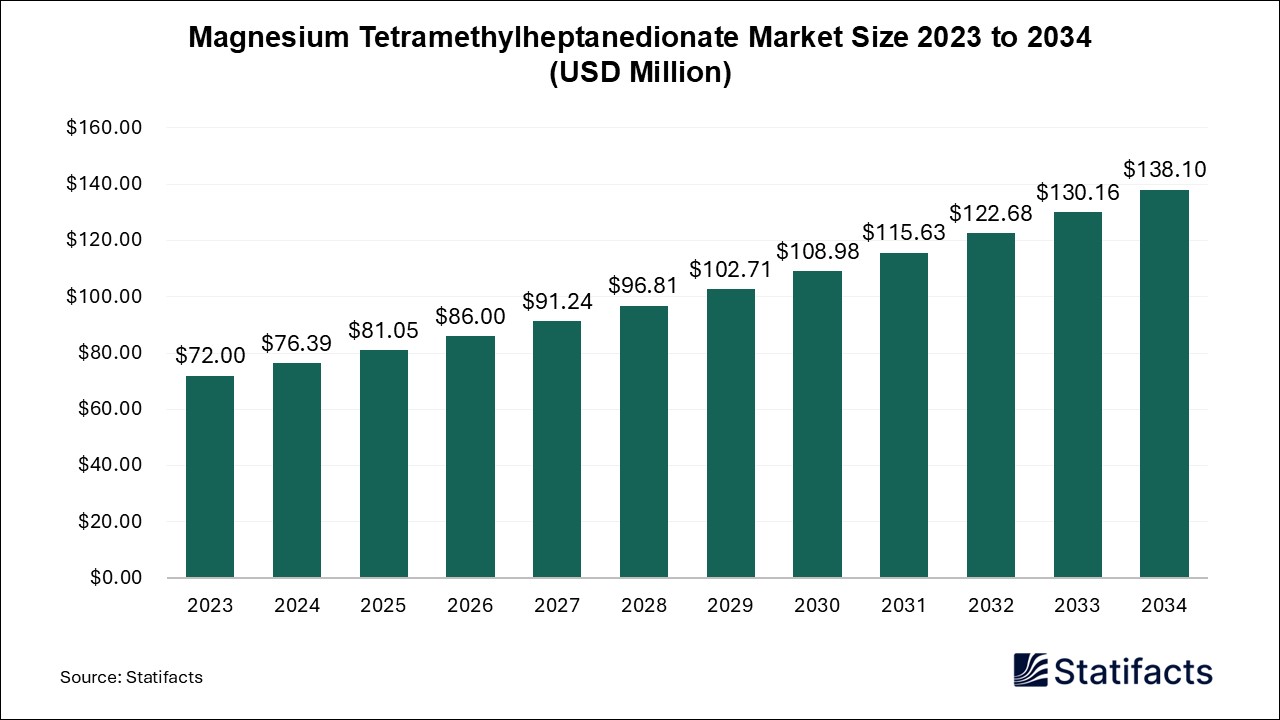

Our customers work more efficiently and benefit from
The U.S. next generation cancer diagnostics market size was estimated at USD 5,119 million in 2024 and is expected to be worth around USD 11,052 million by 2034, growing at a compound annual growth rate (CAGR) of 8% over the forecast period 2025 to 2034.
The U.S. next generation cancer diagnostics market refers to the production, distribution, and application of this next generation cancer diagnostics, this test can find mutations and other important changes in the genes that are found in both rare and common cancers. This next-generation sequencing test uses just small tissue samples to look for genetic changes in 505 genes. These changes can cause cancer cells to grow. NGS is adopted in clinical oncology to advance personalized treatment of cancer. Next generation cancer diagnostics are widely utilized to identify new and rare cancer mutations. They are also used to pinpoint familial cancer mutation carriers and isolate the substructure responsible for a specific property at a molecular level, allowing for precision targeted therapy.
These diagnostics allow clinicians to test many genes of a cancer simultaneously. These diagnostics also provide a good solution for detecting rare variations. It allows testing many genes at once, and generation cancer diagnostics greatly enhances the variation detection rate. Next generation cancer diagnostics provides deep insights into the molecular underpinnings of tumors and can help advance the promise of personalized medicine. As compared to traditional methods, next generation cancer diagnostics offers benefits in speed, accuracy, and sensitivity that have the potential to make a significant impact on the field of oncology.
The increasing prevalence of cancer, the need for effective prognosis, and early diagnosis of many forms of cancer are contributing to the growth of the U.S. next generation cancer diagnostics market. The application of this technology to the study of cancer genomes has been transformational, contributing tremendously towards accurate diagnosis of numerous cancers. This technology has revealed the genetic and epigenetic underpinnings of disease onset and progression but has also refined our clinical diagnosis and treatment paradigms.
Early diagnosis efforts in oncology usually focus on detecting symptomatic patients as early as possible so they have the best chance for successful treatment without the use of harsher treatments such as chemotherapy and radiation. When cancer care is inaccessible or delayed, there is a lower chance of survival, greater complications associated with treatment, and ultimately higher costs of care for both the patient, which adds pressure to the existing healthcare infrastructure. Next generation cancer diagnostics testing technology that uses analytics to research hundreds of genes in cancer cells to identify triggers for the disease, guiding healthcare providers for better patient outcomes.
Growing advancements in diagnostic technology are driving the growth of the U.S. next-generation cancer diagnostics market. From remote diagnostics and point-of-care devices to AI-based image analysis, these benefits can bridge the diagnostic gap, enhance accuracy, and improve accessibility, ultimately contributing to better healthcare outcomes for all people. Advancements in diagnostic technology have witnessed remarkable progress in recent years. Advancements have transformed the way we diagnose, monitor, and treat diseases. The possibilities are endless, from innovative technology and medical advances with gene editing technology such as CRISPR and mRNA to data integration and artificial intelligence. Technological advancement is a continuous process of innovation, improvement, and integration of new tools, techniques, and systems to enhance productivity, efficiency, and convenience in many fields. Technology in healthcare has provided the healthcare community with advanced tools to enhance patient care. The positive impact of technological advancement includes extended lifespan, time-saving, better access to information, and increased productivity.
The integration of artificial intelligence and machine learning in next-generation sequencing in cancer diagnostics has significantly contributed to the growth of the U.S. next-generation cancer diagnostics market. Artificial intelligence-based algorithms improve diagnostic accuracy by analyzing data quickly and more accurately, leading to a reduction in human error in diagnostic testing. Machine learning models are used to map early signs of cancer, allowing timely intervention and ultimately improving patient prognosis.
The increasing investment in cancer research and growing awareness and screening programs contribute to the growth of the U.S. next generation cancer diagnostics market. Investing in cancer research boosts the economy as well as health. Some of the economic benefits of this include reducing smoking rates, increased investment in breast cancer therapeutics such as tamoxifen, and robust cervical screening programs to catch cancers early. Cancer research & development contributes to the economy by supporting jobs within cancer research and creating demand across the wider life sciences and research supply chain. Cancer research transforms and saves lives. The goal of these studies into cancer is to develop safe and efficient methods to detect, diagnose, treat, prevent and ultimately cure the disease.
Published by Laxmi Narayan
For any questions about this dataset or to discuss customization options, please write to us at sales@statifacts.com
| Stats ID: | 7900 |
| Format: | Databook |
| Published: | February 2025 |
| Delivery: | Immediate |
| Price | US$ 1550 |




| Stats ID: | 7900 |
| Format: | Databook |
| Published: | February 2025 |
| Delivery: | Immediate |
| Price | US$ 1550 |

You will receive an email from our Business Development Manager. Please be sure to check your SPAM/JUNK folder too.

Unlock unlimited access to all exclusive market research reports, empowering your business.
Get industry insights at the most affordable plan
Stay ahead of the competition with comprehensive, actionable intelligence at your fingertips!
Learn More Download
Download

